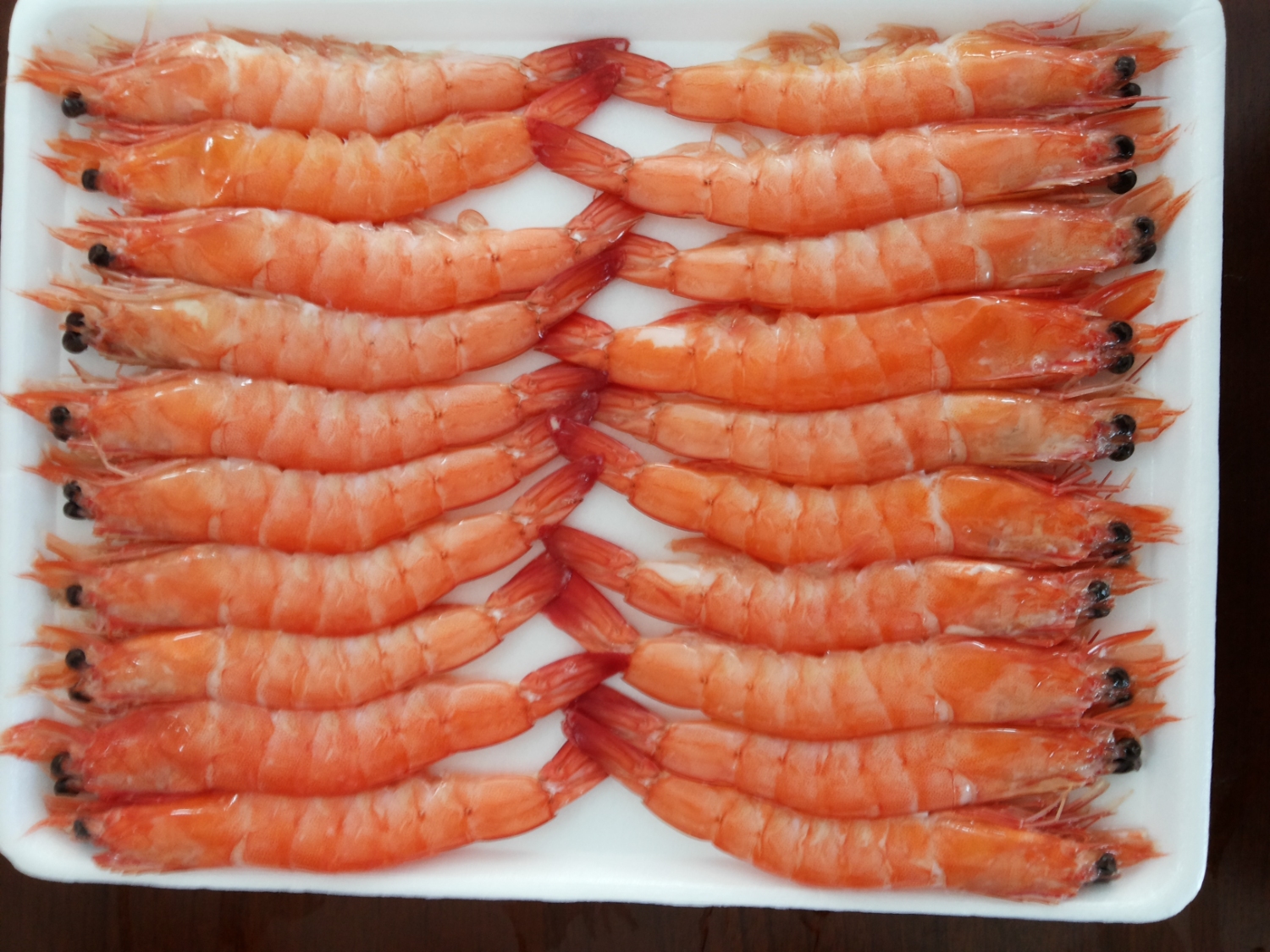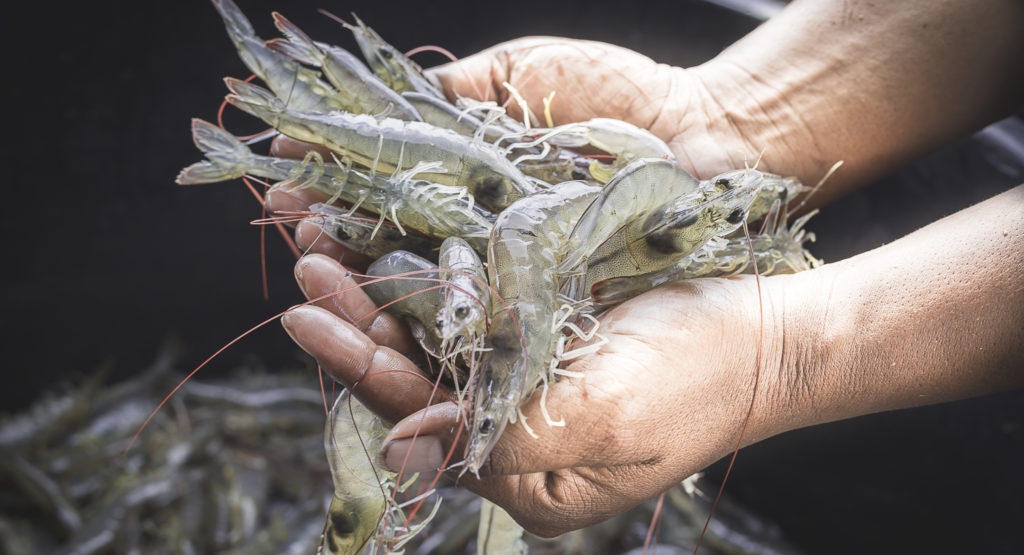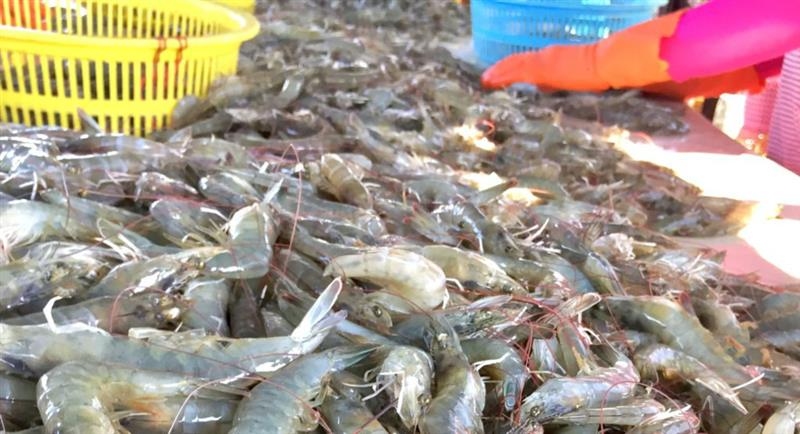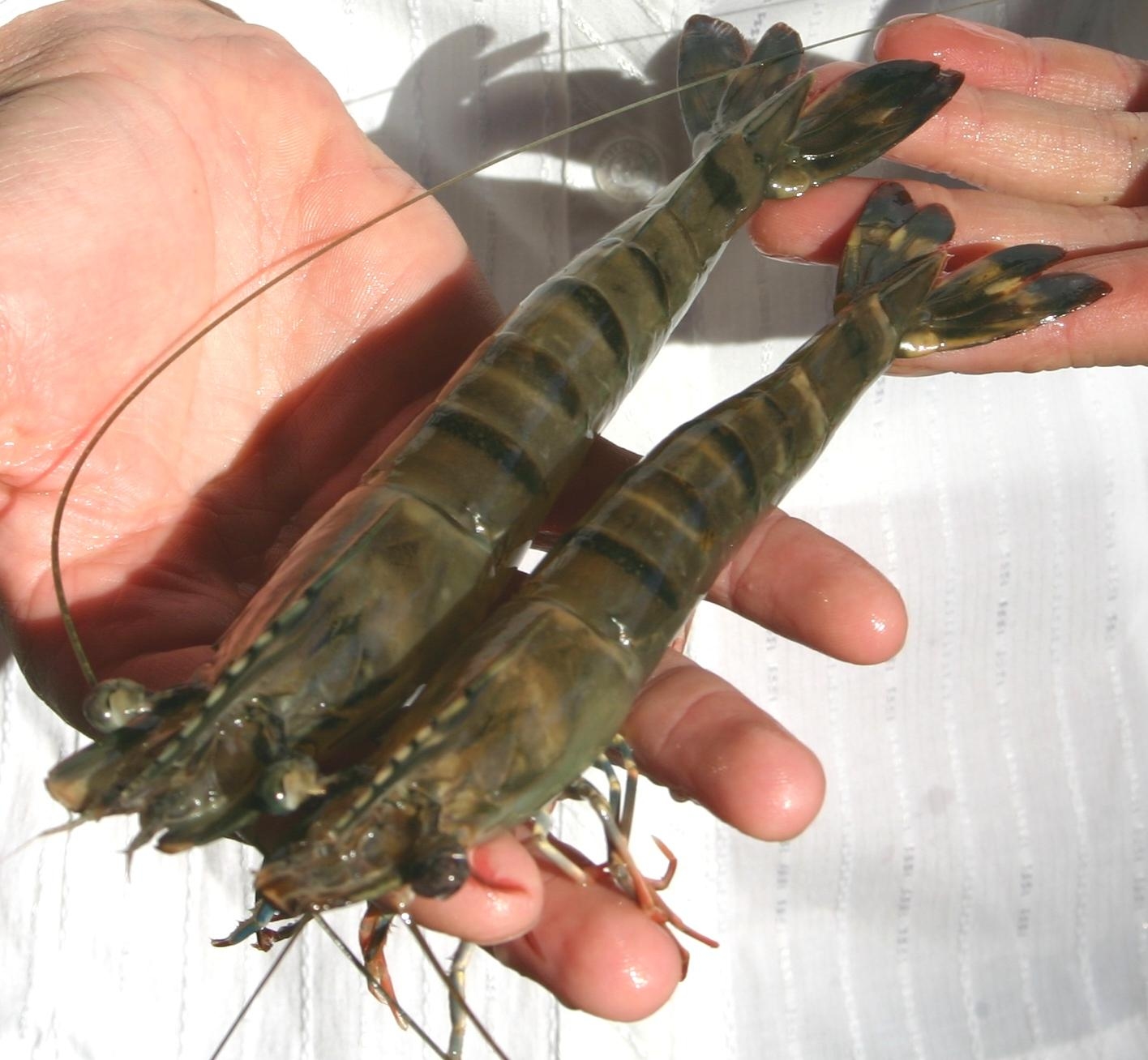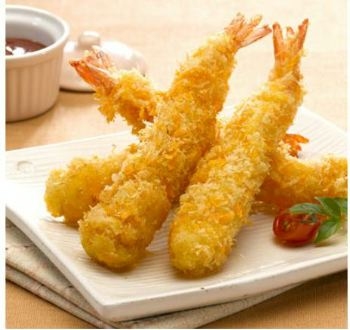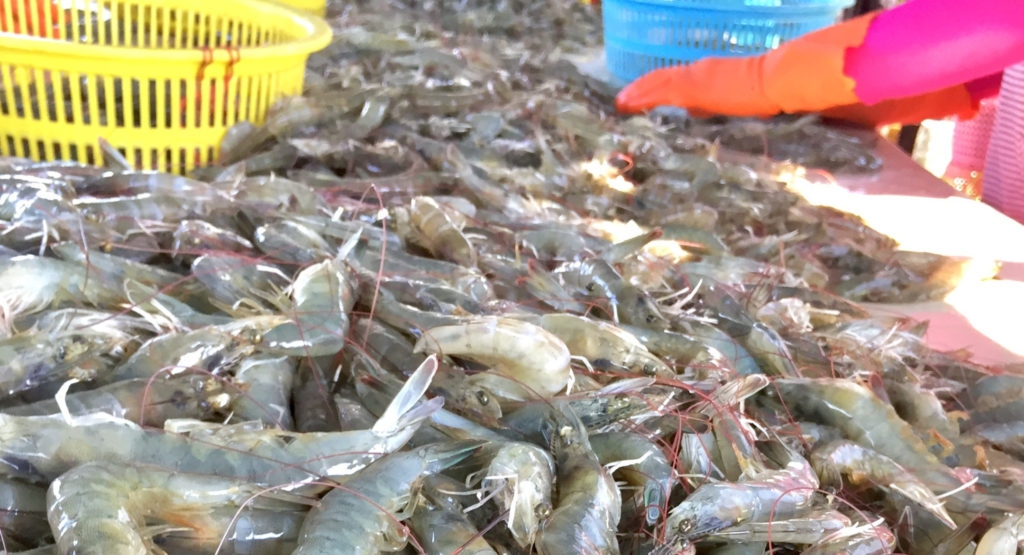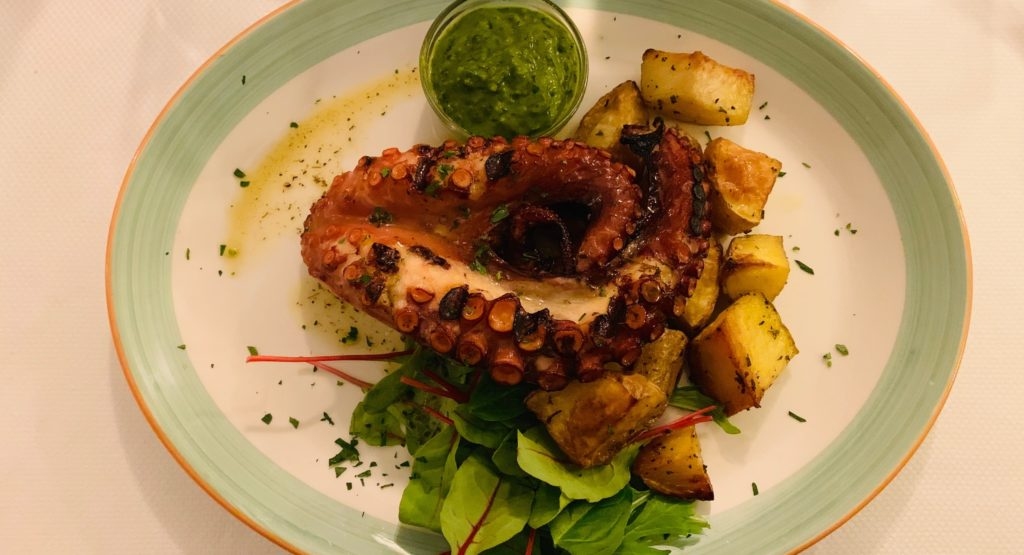
Market report: farmed shrimp stayed stable in Asia, increased production in Latin America
Strong imports in China cushioned the demand shortfalls of traditional large markets where imports were rather stagnant throughout 2019. However, even with lackluster imports, the United States of America emerged as a price setter in the global market for shrimp trade. Due to the corona virus outbreak in China, less shrimp than normal was consumed during the New Year Celebrations, and the forecast is for a depressed market in coming months.
Supply
Preliminary industry reports for 2019 indicated slightly lower supply in Asia and increased production in Latin America compared with 2018. In general, farmers in Asia have been adversely affected by the weak price trends and occurrence of diseases in certain areas. In China, the world’s largest producer of farmed shrimp, vannamei shrimp production fell below 2018 levels. In India, production in the major farming regions of Andhra and Tamil Nadu was below 2018 levels due to the general price weakening. However, overall production in India stayed slightly above 2018 levels due to increased production in central and eastern regions of the country. Domestic production in Viet Nam improved in 2019, but imports of frozen raw material declined significantly compared with 2018. In 2019, Thai shrimp farmers struggled against environmental and economic factors, such as disease in their breeding programmes and low market prices, resulting in less production when compared to the previous year.
Elsewhere, in Latin America, the two-digit export growth in Ecuador, Peru, Mexico during JanuarySeptember 2019 suggested increased supplies of farmed shrimp in these countries compared with 2018. The largest producer in that region, Ecuador, harvested over 550 000 tonnes of shrimp in 2019. For sea-caught shrimp, the Southern Shrimp Alliance (SSA) reported lower shrimp landings from the American Gulf of Mexico during the first ten months of 2019, totalling 31 388 tonnes, the lowest level recorded since 2002. In Argentina, shrimp catches in 2019 were estimated to be at 210 000 tonnes, or about 15 percent lower than in 2018.
Exports
During the third quarter of 2019, the seasonal surge of farmed shrimp and strong imports from China helped maintain positive export curves in many shrimp producing countries. Ecuador remained the top shrimp exporter with strong growth (+28.8 percent), followed by India where the growth rate was marginal. In contrast, Vietnamese shrimp exports (30-40 percent consisted of processed shrimp) increased significantly during the first nine months of the year. In Indonesia, processed shrimp exports, including breaded shrimp, increased to Japan and the American markets, in comparison with raw frozen products. Mexico’s export growth was significantly high (+ 41 percent) during the review period, supported by strong demand from China and the Republic of Korea. Shrimp exports also increased in Peru (+11.2 percent), albeit at a more moderate level.
Imports
China’s strong presence in the global shrimp market continued in 2019. Official imports of shrimp in the country increased by almost 170 percent during January-September 2019 compared with the same period in 2018. On the other hand, illegal and unreported imports through border trade with Viet Nam decreased significantly following stringent border control by the Chinese authorities. Total imports of shrimp in China during this period (including unreported border trade) is estimated to have exceeded 500 000 tonnes in the first nine months of 2019.
United States of America
Consumer demand for shrimp in the domestic market was good during the 2019 summer supported by stable supplies and cheaper prices. Nonetheless, compared with a year ago, imports increased marginally (+1.1 percent) at 496 287 tonnes from January – September 2019, suggesting more than sufficient local stocks. Among the top suppliers, exports increased from India, Ecuador and Viet Nam but declined from Indonesia, Thailand and China. There were higher imports from Mexico and Argentina. Under the raw shrimp category, imports of shell-on shrimp grew by 12 percent at 169 000 tonnes. Demand was good for large sized shrimp and peeled shrimp imports also increased to 223 750 tonnes, an increase of 3.2 percent when compared to the same period in 2018. For the popular breaded shrimp, imports increased by 2.4 percent at 36 440 tonnes. The supply shortfall of breaded shrimp from China was more than compensated by increased imports from Viet Nam, Thailand, and Indonesia.
Japan
In the Japanese shrimp market, consumer demand improved in 2019 due to Japan’s celebration of the Emperor Coronation. In general, there was greater demand for processed shrimp, while demand for raw shell-on shrimp weakened. Overall, imports during the first nine months of 2019 remained the same as 2018 at 154 280 tonnes, of which 31 percent or 46 645 tonnes were value-added products such as tempura shrimp, sushi and cooked shrimp. With a 43 percent share in imports of value-added shrimp, Viet Nam was the top exporter, followed by Thailand, Indonesia and China. During the review period imports of raw shell-on and raw peeled shrimp declined to 106 260 tonnes, in comparison with 108 070 tonnes imported during the corresponding period in 2018.
European Union (Member Organization)
Stable supplies of tropical shrimp and low import prices had little positive impact on shrimp demand in the European Union, particularly in the larger markets (Spain, France, Denmark, Italy, the Netherlands). Import trends were negative in the five largest markets during the review period. There were higher imports registered in the Eastern European markets (Poland, Bulgaria, Czech Republic), but not enough to offset the overall decline. Subsequently, total shrimp imports in the European Union declined by 2.5 percent to 579 400 tonnes during the first nine months of 2019 compared with the same period in 2018.
During the review period, supplies from extra-European Union imports were 73.2 percent of total European Union imports, at 423 880 tonnes (-1 percent). Of these imports, nearly 20 percent (81 165 tonnes) were processed shrimp, a product for which imports increased by 9 percent during the review period.
Asia/Pacific
In 2019, China remained Asia’s top shrimp importer with an estimated 520 000 tonnes of shrimp imports from January-September 2019, or 3 times more than Japanese imports in the same period. Following stringent border control from China, illegal imports from Viet Nam declined by almost 75 percent to 40 000 tonnes, while direct imports from all other countries increased by 169 percent to 478 365 tonnes. The top five exporters to the Chinese market were Ecuador, India, Thailand, Saudi Arabia and Viet Nam.
During the review period, there were significant increases in China’s farmed shrimp imports, but imports of capture cold-water shrimp from Argentina and Canada declined. Frozen shrimp imports in Viet Nam fell by almost 70 percent to an estimated volume of 103 000 tonnes during the review period as re-exports of these shrimp to China through unreported border trade are being curbed by the Chinese authorities.
Shrimp imports increased moderately in the Republic of Korea (60 000 tonnes; +6.7 percent) and in Taiwan Province of China (35 000 tonnes; +7.5 percent) but declined by 7 percent in China, Hong Kong SAR due to prolonged political unrest in the territory. In Australia, the market remained weak and imports declined by 13 percent to 20 300 tonnes during the review period.
Prices
In 2019, United States of America importers remained the dominant market price-setters in international shrimp trade. Average import prices of shrimp in the United States of America during the first nine months of 2019 were USD 8.45 per kg compared with USD 8.95 per kg in the same period of 2018. In the American domestic trade, wholesalers and distributors were able to maintain lower prices that helped to improve sales volume locally. In Asia, ex-farm prices of vannamei shrimp remained soft during the peak farming season (JulyOctober 2019) but started to firm up from late October.
Outlook
The global shrimp outlook for 2020 has been overshadowed by the outbreak of 2019-nCoV in China during late December 2019. In preparation for the Lunar New Year celebrations in January 2020, shrimp imports in China were high during the last three months of 2019, while annual imports surpassed 700 000 tonnes. However, because of the disease outbreak and subsequent precautionary measures throughout China, authorities cancelled Lunar New Year celebrations. In order to control the epidemic, families were instructed to reduce outdoor activities. This has resulted in drastic sales declines in restaurants and hotels following numerous cancellations of trips and dinners, as cities across China have become ghost towns. Reportedly, current inventories of unsold shrimp are high in the market and there is no sign of these levels declining in the near future.
In China, one of the largest markets for farmed shrimp in Asia, production planning for 2020 has become extremely difficult for Asian shrimp farmers, where the season will begin in March-April. The situation is similar for Latin American producers, where supplies are large at the seasonal end in February and the next harvesting season will begin in May-June. Considering these factors, global aquaculture production particularly during the first half of 2020 is likely to be lower than last year. In international trade, there will be heavy leaning on the American and European markets by shrimp exporters until consumption in China returns to normal. Shrimp prices will certainly be under pressure from these markets and are likely to weaken.
In general, shrimp demand in Japan usually weakens after the New Year. However, demand pattern for peeled shrimp (widely used in noodle shops) looks good during the winter months in 2020. Demand for all types of processed or value added shrimp is expected to improve during the Spring festival season in April-May 2020.
Source: FAO
Other news
- A recovery for the shrimp market? 17/04/2024
- Shrimp market: Fear of inflation and declining demand 22/10/2022
- Summer demand remains strong in the United States of America and Europe 08/11/2021
- Global supply chains are being battered by fresh COVID surges 18/08/2021
- Animal Health and Welfare in Aquaculture 17/08/2021
- Pangasius Imports Outpacing Tilapia 10/08/2021
- Growth in India's Shrimp Production and Exports 08/08/2021
- Decline in shrimp exports to China makes shrimps cheaper in India for domestic market 03/08/2021
- Rabobank sees plenty of positives for both shrimp and salmon sectors 29/07/2021
- Asia’s Shrimp Connoisseurs: Japan, Taiwan And South Korea 02/07/2021

